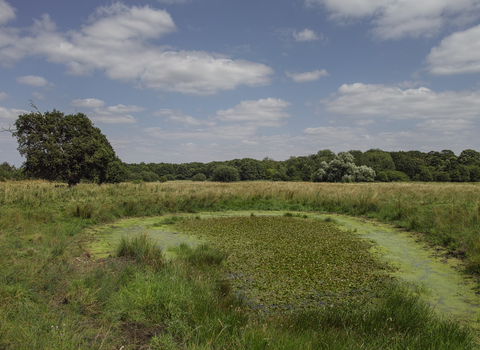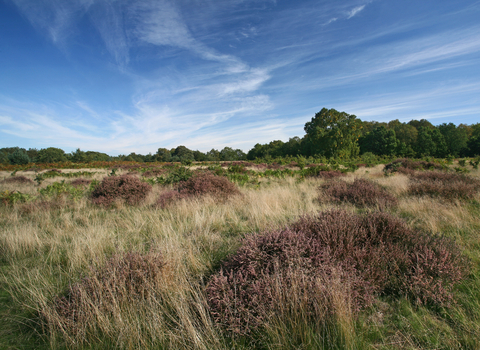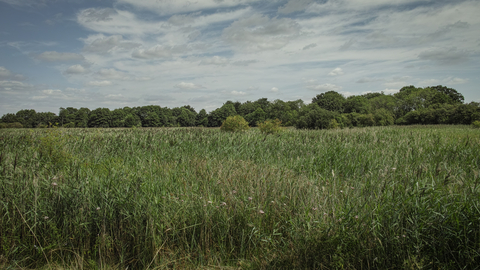
By Steve Aylward
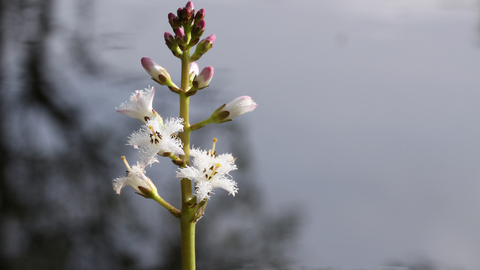
Bogbean by Steve Aylward
By Steve Aylward
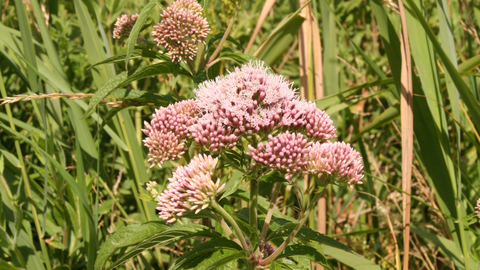
Hemp agrimony by Steve Aylward
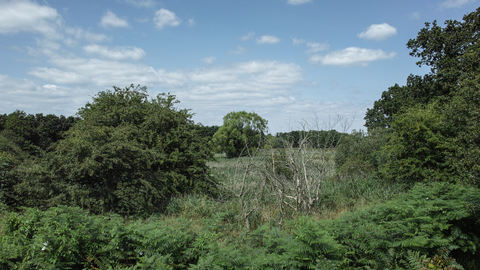
By Steve Aylward
Hopton Fen Nature Reserve
Know before you go
Dogs
When to visit
Opening times
Open at all timesBest time to visit
May to SeptemberAbout the reserve
Located within walking distance of Market Weston Fen, the footpath into the reserve slopes gently into a world of waterlogged peat and bristling stands of saw sedge, reed and rushes. Although protected from drainage by the Hopton Combined Charities, the lack of demand for fen products such as sedge and reed led to a slow scrubbing over that impacted on traditional plant communities. But following woodland clearance and the introduction of grazing to restore and maintain an open fenland landscape, rare fen-dependent species have begun to reappear.
In spring, look out for black bog rush, southern, marsh fragrant and early marsh orchid, adder’s tongue fern, twayblade and bogbean, while hemp agrimony and the azure blue Devil’s-bitscabious flower later in the season. Shallow pools created by peat cutting were one of the richest fen environments and while there is no longer a demand for peat turfs for heating and cooking, the Trust is recreating the habitat by excavating new pools. These turf ponds have been rapidly colonised by fascinating species such as the insect-munching bladderwort and strange aquatic plants with ‘skeletons’, called stoneworts. The reserve is a hotspot for birds too, with breeding nightingale, sedge and reed warbler and flocks of redwing in the autumn.

